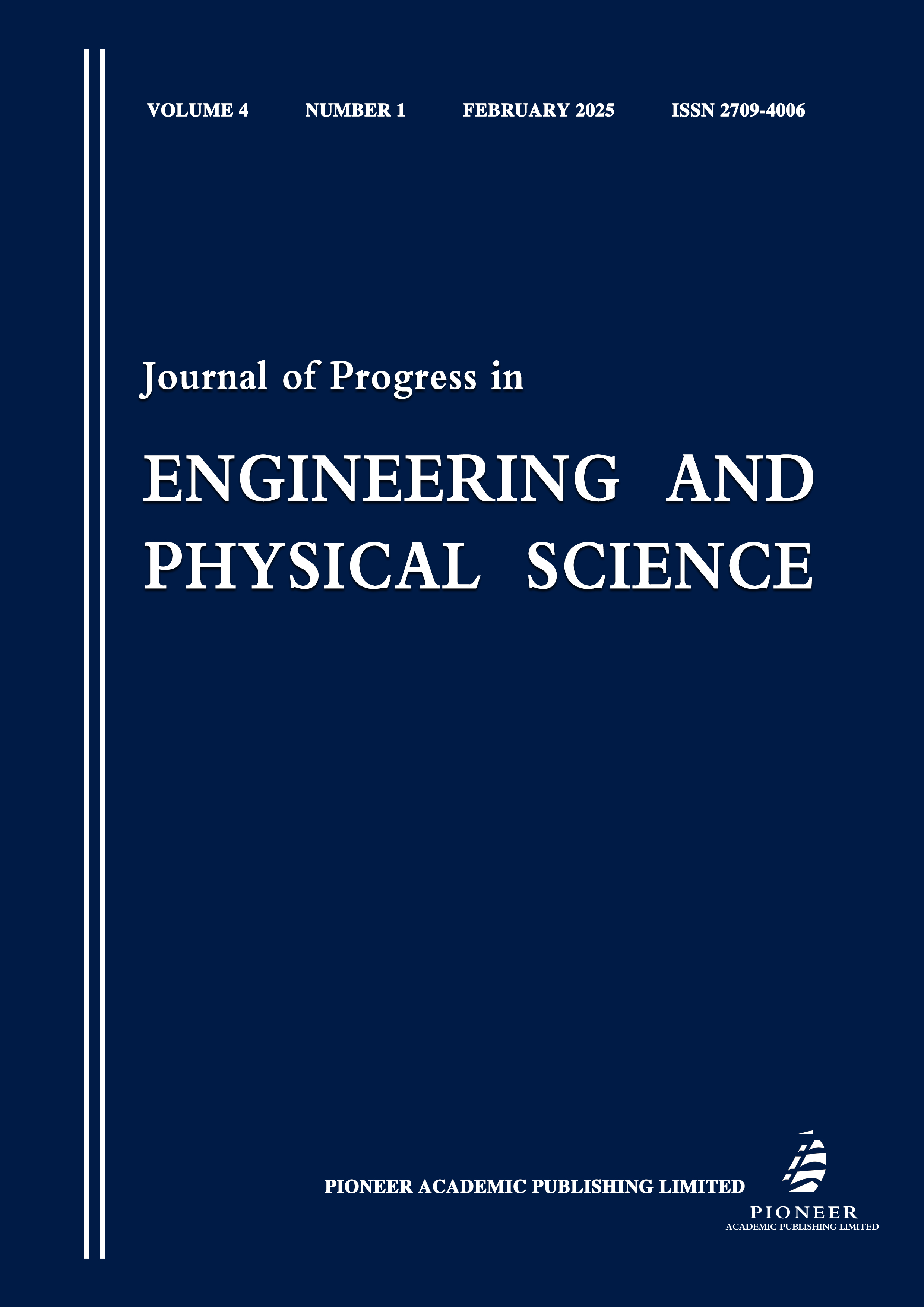Effect of Biofertilizers on Rice Disease Resistance: A Comparison of Blast and Sheath Blight Resistance in China
Keywords:
biofertilizers, Rice Blast, Sheath Blight, disease resistance, sustainable agriculture, environmental factors, adoption barriersAbstract
Biofertilizers have gained significant attention in modern agriculture due to their ability to enhance plant disease resistance and contribute to sustainable farming practices. This paper explores the effectiveness of biofertilizers in managing rice diseases, particularly Rice Blast (Magnaporthe oryzae) and Sheath Blight (Rhizoctonia solani), which are major challenges in rice cultivation. The paper discusses various types of biofertilizers, including nitrogen-fixing, phosphate-solubilizing, and mycorrhizal biofertilizers, detailing their mechanisms of action, such as pathogen suppression, improved nutrient uptake, and immune system activation. Additionally, the impact of biofertilizers on rice yield and disease resistance is examined, with a focus on the effectiveness of biofertilizers in reducing disease incidence and improving overall productivity. Despite their potential, the adoption of biofertilizers in rice farming faces challenges, including environmental factors, soil conditions, and farmer adoption barriers. Furthermore, potential limitations and risks associated with biofertilizer use, such as improper application and environmental compatibility, are also addressed. The paper concludes with insights into the future potential of biofertilizers in enhancing sustainable agriculture.


